Splendid Views of the Skunk Cabbage Trail
| Location: | Redwood National Park, California |
| Round Trip: | 10,5 miles |
| Difficulty: | Moderate |
| Elevation Gain: | 500 feet |
| GPS Coordinates: | N 41 35.671 W 124 05.981 |
| Visitor’s Information | Open: all year round
No Pass Required |
Redwood National and State Parks are well-known among the tourists for the ancient redwood trees and magnificent forests, but the Coastal Trail, which occupies about 70 miles area, provides the hikers with a diverse experience. The Coastal Trail consists of a number of sections. The Skunk Cabbage Section (the Skunk Cabbage Trail) is one of them.
The Skunk Cabbage Trail offers the hikers a 10,5 miles (roundtrip) moderate hike with the maximum elevation gain of 400 feet. Though the main attraction of the park is the massive old redwood trees, you will not find many of them along The Skunk Cabbage Trail. But don’t get disappointed and discouraged ahead of time, because another fantastic reward is waiting for you at the end of the trail.
From the parking lot, which is the trailhead with the restrooms and some interpretive sign, showing a map of the area and giving some information on the trail, the Skunk Cabbage Trail enters a dense forest. The beginning of the trail is rather flat, but it doesn’t make it easy, as there are quite a lot of roots, protruding from the ground, which slow down the walk. This part of the trail used to be a very old logging road.
At the beginning the trail meanders through a second-growth forest parallel to the Skunk Cabbage Creek, lined up with the spruce trees, covered by moss. Then it crosses the creek several times, going into s spruce grove. Here the trees are so close to each other, that people call them “dog hair”. The ground is densely covered with ferns and giant skunk cabbage – a herbaceous plant with a strong scent. It is this plant, which gave the Creak and later the trail their names. Here you’ll also meet some occasional huge redwood trees, which were not cut down by some reason and redwood stumps. During the summer month you will have also a chance to admire various wildflowers growing along the trail.
After about 2 miles the trail starts coming out from a canyon running quite steeply up a forested ridge until it reaches a bluff, which overlooks the Pacific Ocean. Then the trail starts descending, going in and out of two small canyons and finally leaving the forest and meeting the Gold Bluffs Beach. This wide and mostly deserted beach will take your breath away. The unbelievable beauty and divine serenity of the ocean will leave no one emotionless. This secluded beach is a perfect place to sit and have your lunch after hiking just relaxing and soaking in breathtaking beauty of the nature.
Here you have several options as for how to continue your trip. Though you will not find here any visible trail, you may continue hiking along the scenic coastline. Or you can go back the same way you came here. There is also a possibility to ride a shuttle bus, but for this you need anyone to pick you up (or you may leave a second car) on Davison Road, at the place where it runs into the beach.
Directions:
You will easily find the trailhead as all you need is just to get off Hwy 101 between Orick (1,7 miles north of it) and Elk Meadow (south of it). You will not miss the well-marked access road.
Photo: Roman Khomlyak
Photo Editing: Juliana Voitsikhovska
Information: Svetlana Baranova











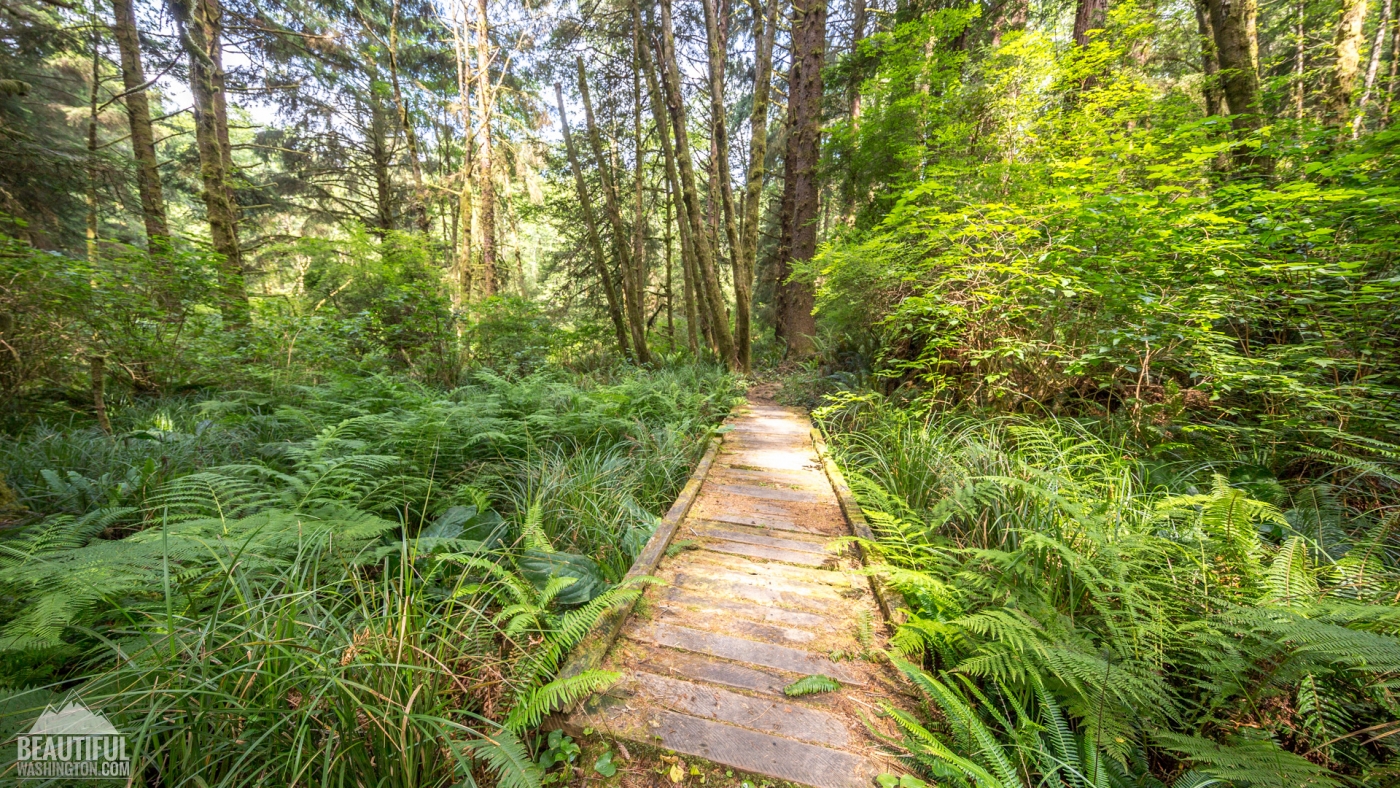

















































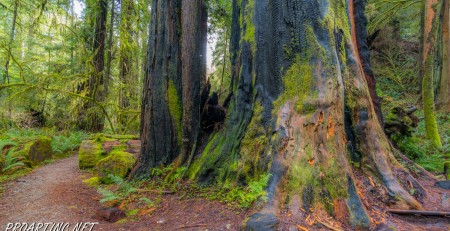

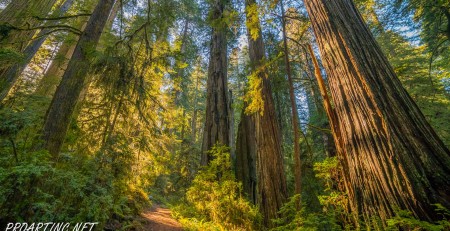
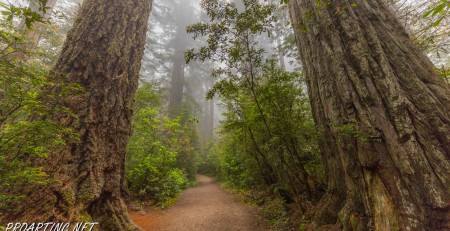
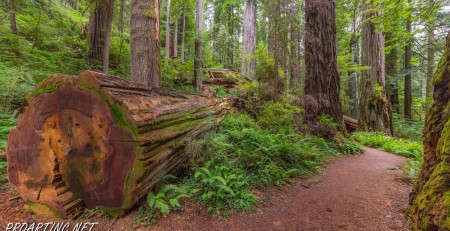





Leave a Reply
You must be logged in to post a comment.